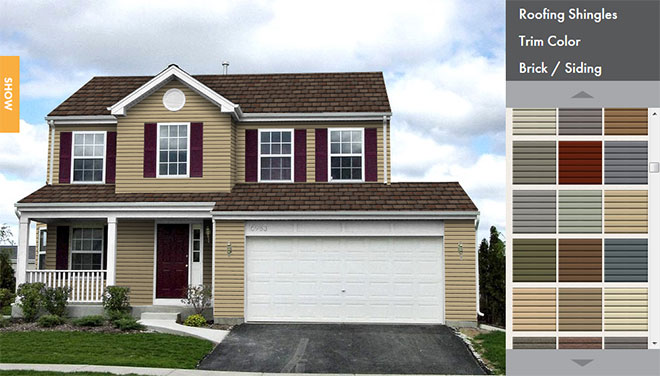Roof Flashing | Roof Flashing Repair
For many people, a roof is something they depend on, but don’t think about. Until, of course, it leaks.
If you are dealing with a roof leak, you will most likely hear a contractor talk about flashing. Roof flashing is usually made from galvanized metal or aluminum and is placed wherever parts of a pitched roof intersect or penetrate. Its purpose is to direct water to run-off down the slope of the roof.
Learn More About Roof Flashing
Flashing is extra protection for the most vulnerable places on a roof such as where the chimney joins, at the edges of skylights, where dormers meet a roof plane, or any similar seam or joint in a roof design.
Flashing is designed to work together with other roofing materials to keep your roof from leaking. Flashing is generally nailed down, but if the flashing is corroded, bent, or missing, it will not work effectively and water can get inside a home and cause serious damage.
Why Do You Need Roof Flashing?
Roof flashing is a critical part of preventing leaks and water seepage in your roof. Many contractors view it as the “last line of defense” against water penetration. Flashing can be made of either galvanized metal or aluminum. Most homeowners choose aluminum because it is easier to bend into the right shape and will not rust. The principle of using flashing is simple. Any place on your roof where different surfaces meet – such as dormers, the roof peak, edges, vents, skylights, etc. – requires flashing and proper sealing to prevent leaks from developing and causing damage to your home.
Types of Flashing
There are a few different kinds of flashing for the places it is needed.
- Step flashing: Used around the base of a chimney, step flashing is placed on each row of shingles so it appears to “step up” the roof.
- Valley flashing: Used where two roof slopes meet, valley flashing is V- or W-shaped to fit into the groove.
- Vent pipe flashing: Fits over flues and pipes. Shaped like a cylinder.
- Drip edges: Placed around eaves to protect the finished edging of the house.
Repair and Maintenance of Flashing
Flashing problems are at the root of most early roof problems. Often, repairing the flashings or providing new flashings is all that is needed to make the roof watertight again. Most flashing problems result from inadequate flashing design or faulty construction. Many flashing problems can be reduced or entirely eliminated by careful examination by an experienced roofing contractor during installation, and by regularly scheduled inspection and maintenance.
If you want to keep your home dry, prevent the growth of mold, and extend the life of your roof, maintenance of roof flashing is important. A visual check for loose nails, peeling caulk, or rusty metal each time you clean the gutters is one easy way to stay on top of the situation. If you live in a rainy or snowy climate, the flashing – along with other roof elements – will experience extra wear and tear. Normal house settling can also affect the fit of flashing. Corroded or loose flashing needs to be replaced immediately to ensure the integrity of your roof.
Is your roof leaking? YOU MAY NEED ROOF REPAIR! Contact a Minnesota Roofing Contractor today to schedule your next roofing inspection. If working properly, roof flashings will fit so as to prevent water from making contact with any wood sheathing on your roof and thus prevent mold from getting a foothold.


 Click Here
Click Here Click Here To Use
Click Here To Use